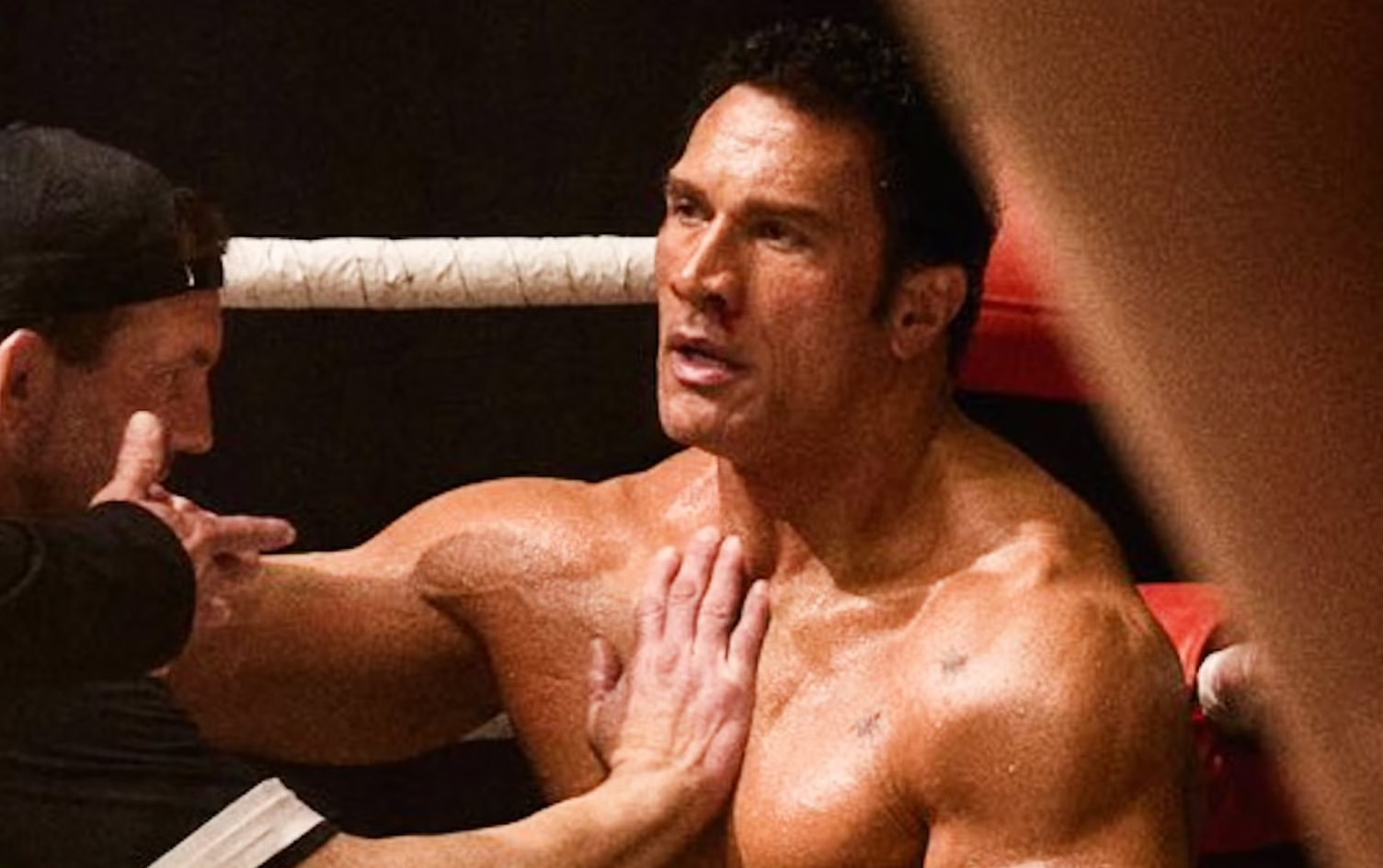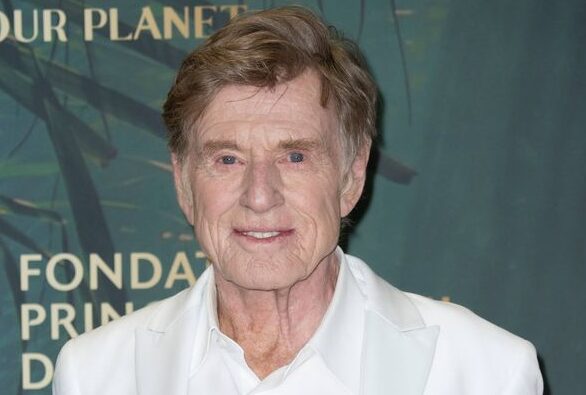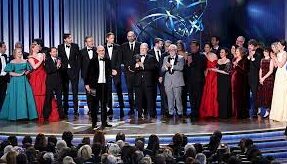Dwayne Johnson has built his career on being unbreakable. Whether it was in the wrestling ring as The Rock or on screen as a blockbuster hero, he’s always played the guy who takes a beating and walks away grinning. But in The Smashing Machine, which premiered at the Venice Film Festival, Johnson finally cracks and the result is one of his most moving performances yet.
The indie drama is based on the 2002 HBO documentary of the same name and tells the story of Mark Kerr, a mixed martial arts fighter who helped shape the sport long before it became mainstream. Johnson, sporting a full head of hair this time, brings Kerr to life with the physical presence only he could provide. At moments, it’s hard not to think Marvel could’ve skipped the CGI Hulk and just painted him green.
The film opens in 1997, with Kerr at the height of his powers, destroying opponents in the ring. But by 1999, the cracks are clear. The years of violence have left him battered, addicted to painkillers, and struggling to hold on to his personal life. Much of his fighting takes place in Japan, where he’s isolated and adrift, a loneliness that feels straight out of Lost in Translation.
Back home in Arizona, Kerr’s relationship with his girlfriend Dawn (played by Emily Blunt) spirals into constant arguments. Their domestic battles sometimes feel even harsher than the ones in the ring. He leans heavily on his best friend and fellow fighter Mark Coleman (real-life MMA champ Ryan Bader), though the possibility always hangs that they may one day face each other in brutal combat.
Directed by Benny Safdie (Uncut Gems, Good Time), The Smashing Machine plays less like a standard sports movie and more like Raging Bull or The Wrestler. It’s dark, raw, and often painful to watch. Safdie, known for pushing big stars out of their comfort zones, does the same with Johnson, who sheds his invincible image to show Kerr’s fragility, anger, and self-destruction.
Johnson has delivered billion-dollar blockbusters for years, but this role feels like the industry’s chance to take him seriously as a dramatic actor. His performance is vulnerable, volatile, and yes, Oscar-worthy.
Still, this isn’t a total reinvention. Johnson is once again playing a larger-than-life athlete, and the film isn’t as relentless as Safdie’s earlier work. But it’s a strikingly different side of him a portrait of a man who looks unstoppable but is quietly falling apart.
By the end, the question lingers: who or what is really “The Smashing Machine”? Is it Kerr himself, the brutal sport he gave everything to, or simply life grinding him down?






